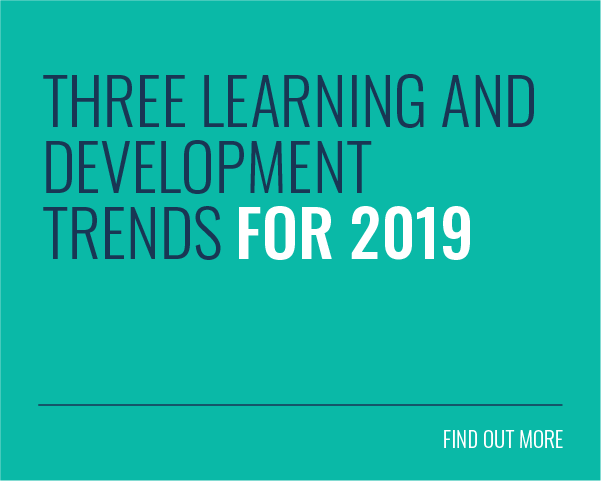 Did you know, 70% of our knowledge comes from ‘on-the-job’ learning? Yup! Only a slimline 10% occurs through formal training programmes and the rest – 20%, as if you needed me to help you work that out! – occurs through observation of others.
Did you know, 70% of our knowledge comes from ‘on-the-job’ learning? Yup! Only a slimline 10% occurs through formal training programmes and the rest – 20%, as if you needed me to help you work that out! – occurs through observation of others.
We all know what formal training involves – generally we’re taught by a teacher who sticks like glue to a strict syllabus, then we’re tested to within an inch of our lives to make sure we learnt what we were supposed to. And you can probably guess what ‘observation of others’ looks like, too.
Most adults say that the workplace is the best place for them to learn because it’s familiar and they are comfortable in their surroundings. But what does on-the-job training actually look like? Here’s our nifty guide to help you spot when you’re learning on the job!
1. You set yourself learning objectives
You think to yourself, “Hmm. My job would be easier if I knew how to create proposal documents myself, rather than having to wait until Sharon is in to do it for me.” What you’ve done here is recognise that you’re lacking skills somewhere that, if you had them, would make your worklife easier. And Sharon’s worklife, too, since you wouldn’t have to pester her for help every time you needed a new proposal created! Identifying where you can make improvements is the starting point of learning on the job. After spotting where you might be lagging behind in your development, you can do what you need to remedy it.
2. You take action

“Let me open the ‘How To Create Proposals’ troubleshooter and see what’s what… It can’t be that hard, right?” By taking the first step, you’re embarking on your learning journey. You’ve identified that you need to improve some facet of your working and now you’re making a positive action to do so. In this case, you’re opening up your computer’s troubleshooter, but taking action could come in many different forms: asking your manager if you can go on a training course, or seeking out the expertise of a mentor to give you advice. Even downloading an eBook on ‘improving your sales’ or spending an hour or two researching how best to network on LinkedIn counts!
3. You see an improvement

Well hallelujah, you can now create your own proposals! You deserve a pat on the back for that – Sharon will do it for you, she’s got some time free now. Even if you don’t actively set out on a training journey and you skip steps 1 and 2, you will still see improvements if you’re unconsciously learning ‘on the job’. It might be the case that you look back a few months and see how far you’ve come; maybe in the past, you had to ask your manager for advice on the next steps to take, but now you can decide on the best course of action yourself. Or perhaps you’ve found yourself closing sales 20% quicker than before – in these cases, you might not have even realised you’d be learning at work, but the evidence is certainly there!
So what’s next? Well, once you’ve mastered one workplace skill, you can spot other areas that might benefit from extra training. Take the time to sit back and think:
– What could I do more efficiently?
– What processes am I not wholly up to speed with?
– Whom do I admire, and how can I be more like them?
– If I had to improve one thing about myself, what would I pick?
These questions can show you where you might be falling down and lagging behind, and set you back on the path to excellence. Hurrah!
Want to learn more? Check out our New Training Programme Checklist here!








